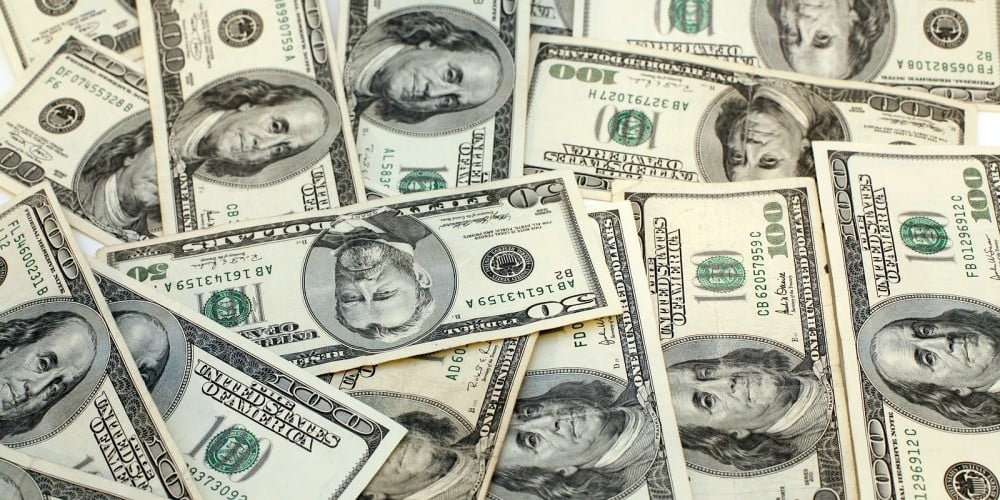What to do when suspecting a counterfeit note

I can remember using a counterfeit detector pen to make a small mark on all large bills ($50s and $100s) when accepting deposits that were being counted by hand. Doing this was a quick way to assure the credit union and our members that we are not passing along counterfeit bills. Sometimes it was necessary to check additional bills due to the operation of counterfeit rings. Once, counting a teller’s bundle of 10s (yes, 10s!) to sell to the vault from a school’s fundraiser deposit, I distinctly felt an odd note and put it aside. It looked genuine, and although a $10 would hardly ever arouse suspicion, I just knew. Nothing compares with knowing how real money looks and feels to also help in identifying a counterfeit note. If you handle currency everyday then you probably know too! Eventually, you will have to take it to your UV light and/or review it closely to authenticate it while comparing it to Federal Reserve Board’s U.S. Currency Education Program that lists important security features. But then what?
Here’s a good step by step of how to handle counterfeit currency to ensure frontline staff are ready:
If you receive a suspected counterfeit:
- Do not return it to the passer.
- Limit the handling of the note.
continue reading »
